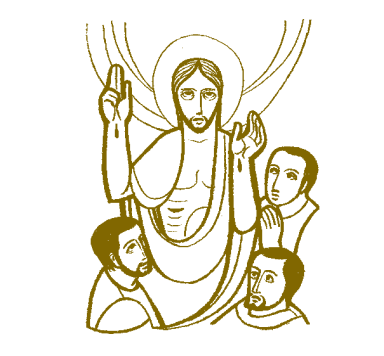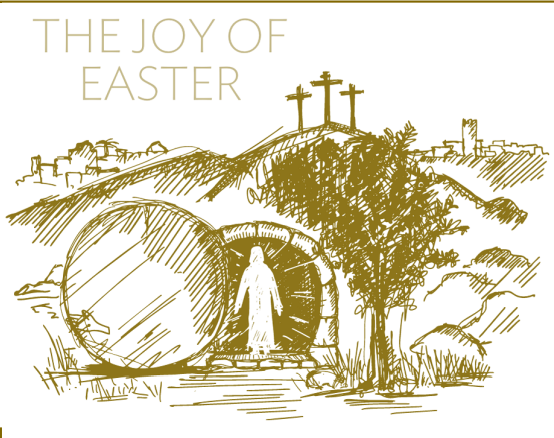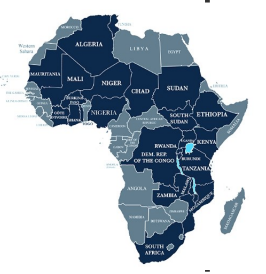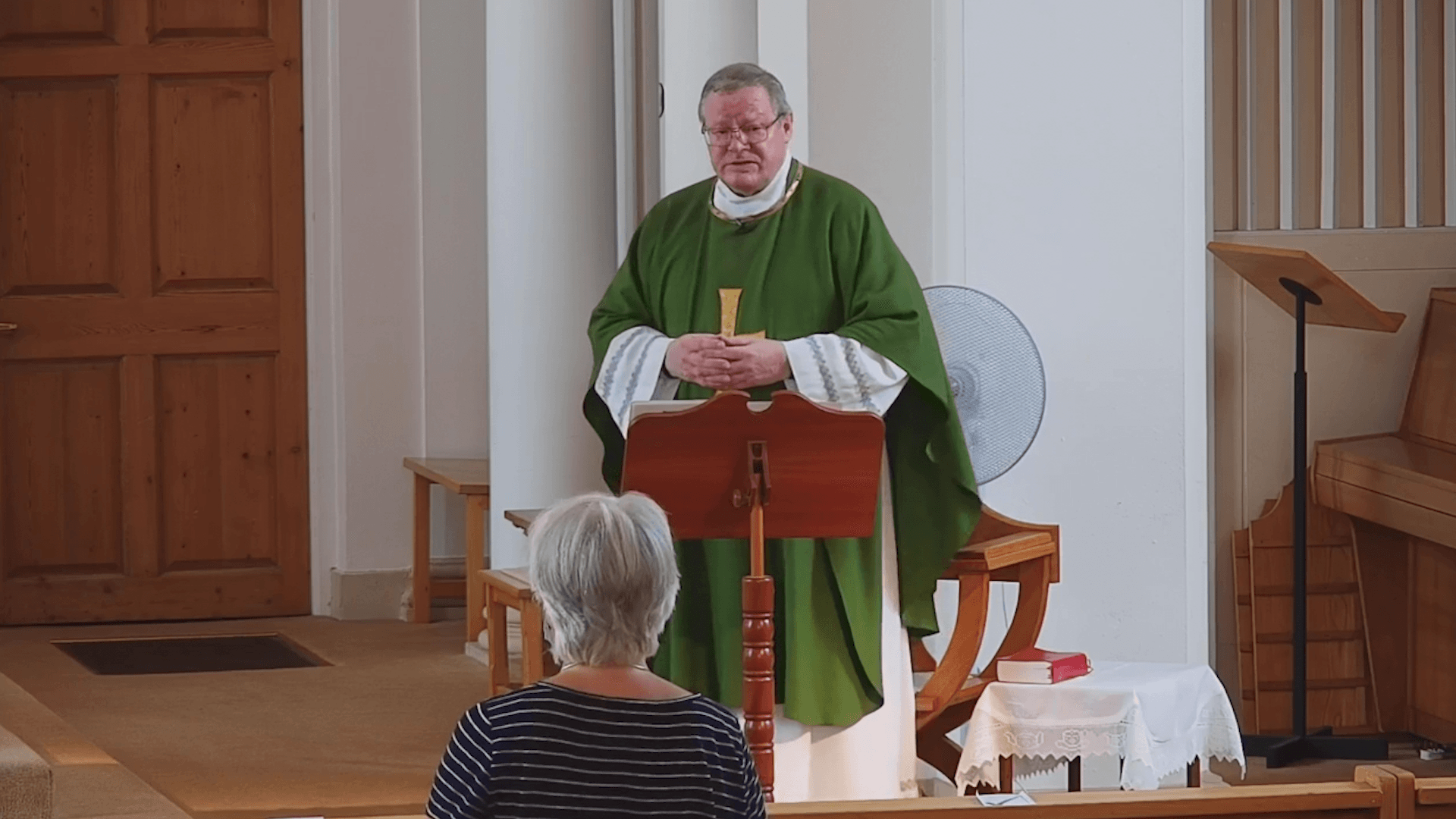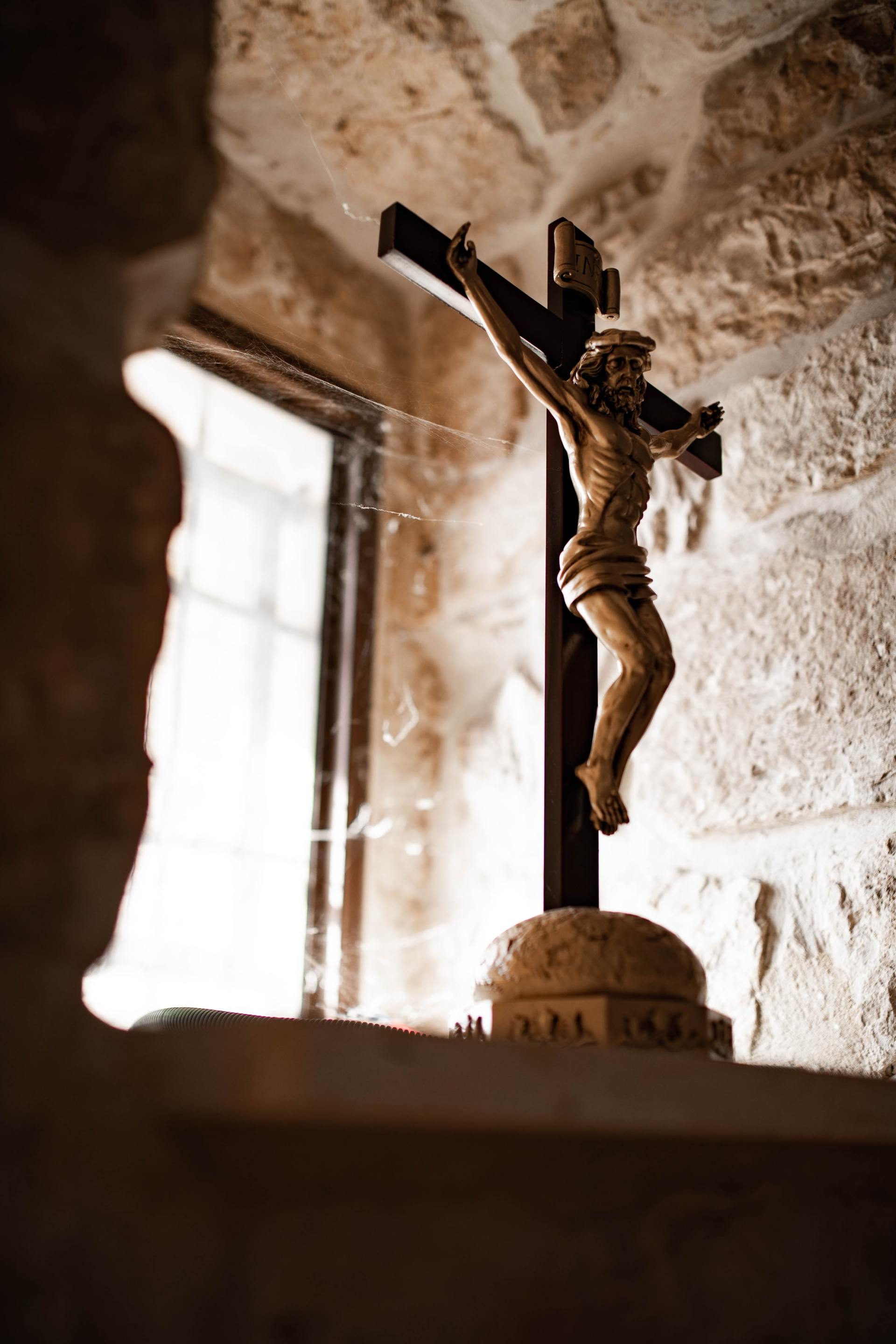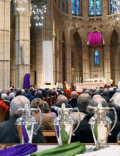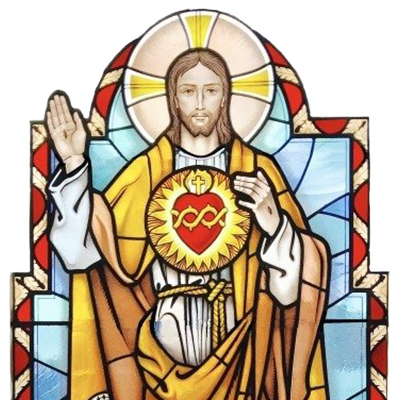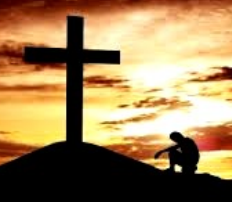St John of the Cross . . .
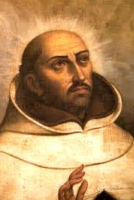
John is a saint because his life was an heroic effort to live up to his name: “of the Cross.” The folly of the cross came to full realization in time. “Whoever wishes to come after me must deny himself, take up his cross, and follow me.” The Paschal Mystery - through death to life - strongly marks John as reformer, mystic-poet, and theologian.
Ordained a Carmelite priest in 1567 at age 25, John met Teresa of Avila and like her, vowed himself to the primitive Rule of the Carmelites. John engaged in the work of reform, and came to experience the price of reform: opposition, misunderstanding, persecution, imprisonment. He knew the cross acutely - to experience the dying of Jesus - as he sat month after month in his dark, damp, narrow cell with only his God.
Yet, the paradox! In this dying of imprisonment John came to life, uttering poetry. In the darkness of the dungeon, John’s spirit came into the Light. John is unique as the mystic-poet, expressing in his prison-cross the ecstasy of mystical union with God in the Spiritual Canticle.
But as agony leads to ecstasy, so John had his Ascent to Mt. Carmel, as he named it in his prose masterpiece.
John experienced within himself this purifying ascent; as a spiritual director, he sensed it also in others; as psychologist-theologian, he described and analysed it in his writings. His works are outstanding in underscoring the cost of discipleship, the path of union with God. Uniquely and strongly John underlines the paradox of the Gospel:
. . . . . .the cross leads to resurrection, agony to ecstasy, darkness to light, abandonment to possession, denial to self to union with God.
